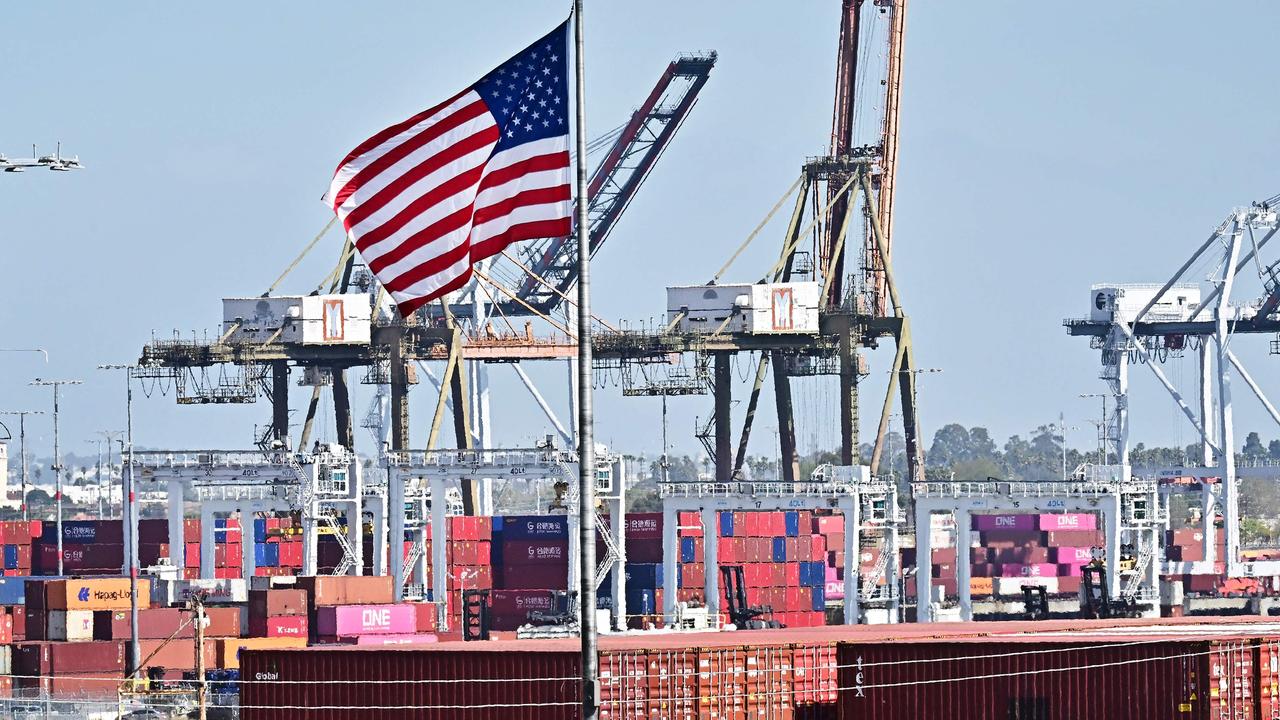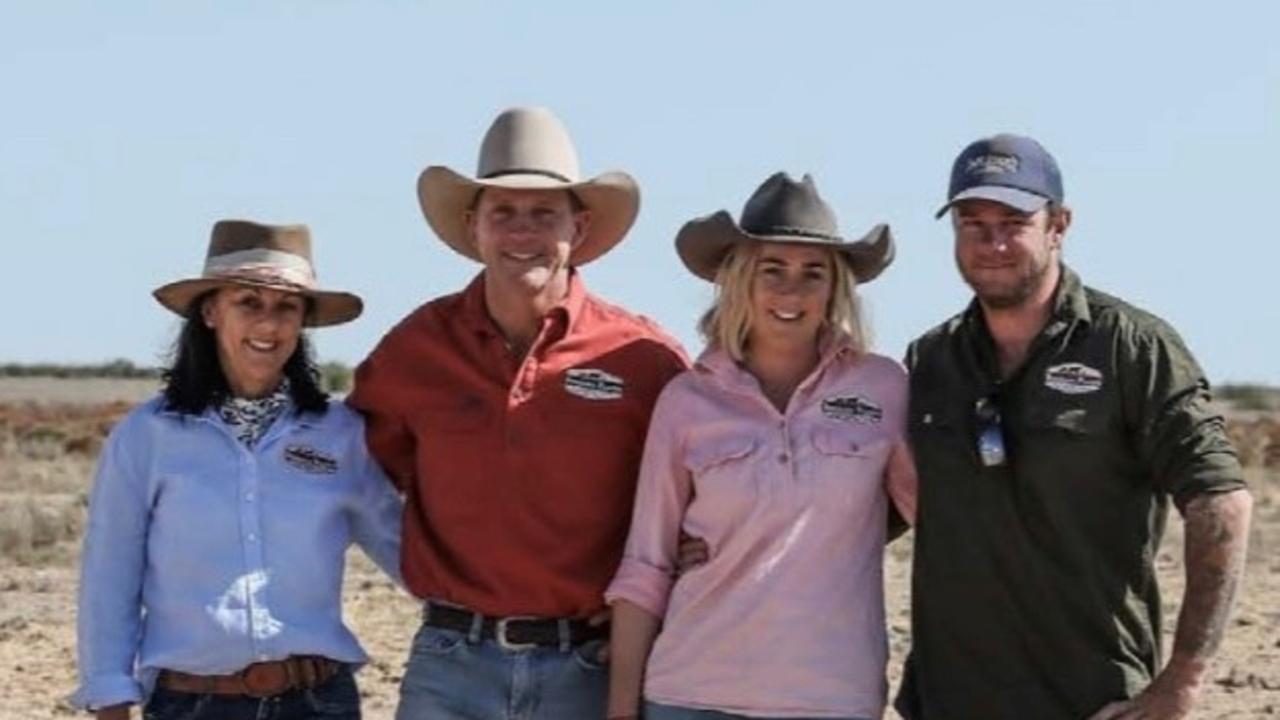Hereford Simmental cross return more weight and money
Crossing purebred Hereford and Simmental cattle as part of a lucrative breeding enterprise has meant more weight, more muscle and more money for the Emerson family.
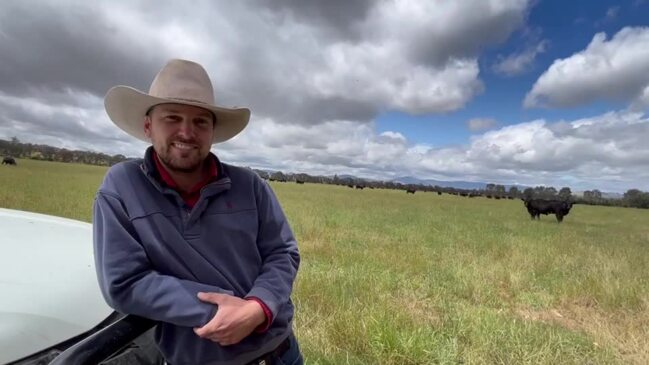
Producing cattle that stand out from the crowd has been fine-tuned by the Emerson family at Alva Downs during the last 118 years.
Since 1905 they have been breeding cattle, and a testament to their longevity in the industry is the quality they produce.
Their weaner cattle are consistently among the top pens, and their line of heifers caught the eye of the judge and was awarded Herefords Australia Champion Pen at Hamilton in January. No easy feat at the famous sale where exceptional quality is renowned.
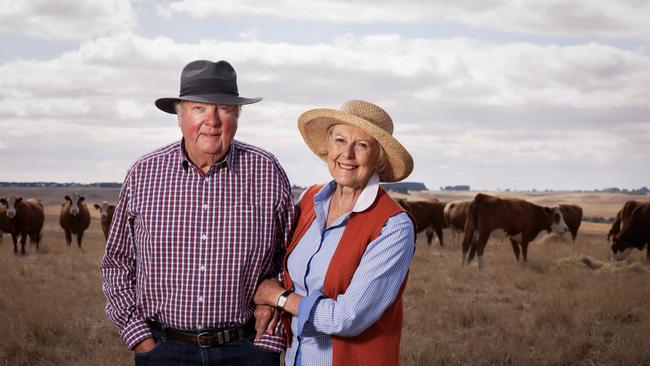
It’s not the first time the Emersons have won the coveted sash, but still, Cam and Carol Emerson said they were not expecting the gong this year, given the standard of competition.
“The quality of the cattle in Hamilton yards this year was, as always, an exceptionally high standard,” Cam said.
“It is an honour to receive the Herefords Australia award, and I would like to congratulate Injemira. It is the Injemira pool of genetics that Alva Downs has accessed over the last 35 years that has allowed us to continue to breed Hereford cattle with the capacity to win this award.”
Judge Matt Spry said the pen exhibited great length, type, quality and evenness – attributes Cam said were a focus during bull selection.
DUO BREEDS SUCCESS
While many stalwart producers stick with one breed, the Emerson operation at Alva Downs is unique in running two purebred and one cross bred herd.
The family has been breeding Herefords since 1905 and, in the last 50 years introduced Simmentals. The herds are run across four properties totalling 1350ha at Tahara and Paschendale.
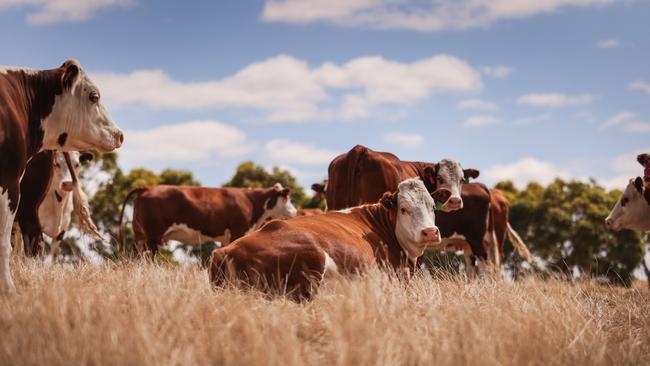
They run 700 autumn calving breeders all up, including 120 purebred Herefords, 120 purebred Simmentals, and the balance of 460 are Hereford and Simmental cows joined to bulls bred out of the two elite purebred herds.
“One of the major benefits of the cross bred herd is that we sell the heifers at eight to nine months old for live export to China out of Portland, which is only 70km from where we are,” Cam said.
“It’s a major part of our business. Those boat heifers from our Simmental-infused cattle have proved to be a sought after and valuable commodity.”
Alva Downs sold its first Hereford-Simmental cross weaner calves at Casterton in 1974. These were the first Hereford-Simmental weaner calves sold in Australia. They averaged $183 a head. This year, those cross bred weaners made $2080 and the year before, $2400.
“The Simmentals do what they do naturally – that’s add value,” Cam said.
“They add growth and muscle and they’ve got wonderful maternal traits and they average, if you look at the weights, there is an increase of 40-60kg for the crossbred calves.”
BEST OF BOTH
The Simmental bulls are bought from Woonallee and Lakeside studs in South Australia, while the Hereford herd, which was originally based on Ardno and South Boorook bloodlines, has been predominantly Injemira for the last 35 years.
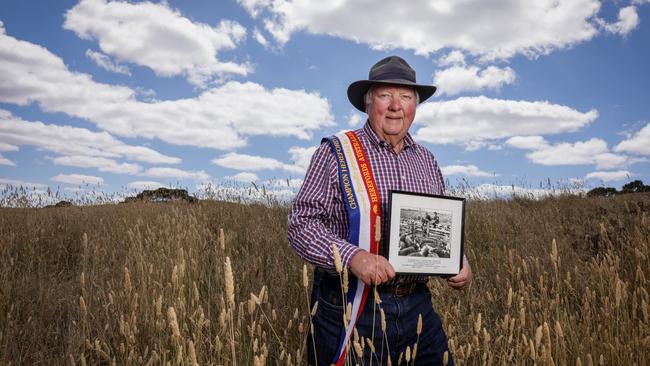
“The business is based on the best traits of both breeds,” Cam said.
“You have the wonderful softness, marbling and calving ease of the Hereford and then you’ve got the great growth, muscle and maternal traits of the Simmental and then it’s a matter of managing that cross and adapting it to meet the modern Australian consumer requirements.”
EBVs are carefully considered by the Emersons but structure, fertility, calving ease, carcass traits, finishing ability and overall eye appeal are equally as important. Another main consideration was on homozygous polled bulls, ensuring all progeny were polled even if bred from a horned female.
“We’ve streamlined our business so it is as simple as it can be within the constraints of the season and the things we can’t control,” Cam said.
“You adapt to what the season gives you at any point in time but you set out to control things like calving ease, horns, mating times and animal health. The things we can control we do to make it simple.”
The entire herd is joined naturally and replacement heifer weaners are sent away on agistment each year to allow more room to manage the main breeding herd at the home property.
The Emersons usually buy two bulls a year for each of the elite herds and have paid up to $38,000.
“We work out the bulls that will suit our operation and then we compete in the open market. You pay what you have to pay,” Cam said.
“The boot is on the other foot with selling in the yards like we have just done with the weaner sales – you are virtually a price taker. Alva Downs also has private clients, which we have cultivated over the years which gives us a buffer in the market.
“The percentage sold to private clients varies depending on the seasons and the remainder are sold through the saleyards.”
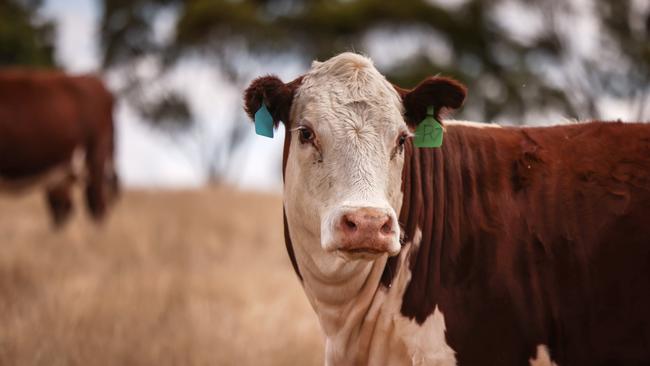
EMBRACE THE CHANGE
With more than a century of family farming history under their belt, the Emersons remain confident in the future of agriculture.
“I think we need to understand the changes that take place over time with consumers and we need to adapt our breeding and our culture and our management structure to accommodate what the market expects and what people expect.
“I think enterprises that can manage that change and meet the requirements of that change will continue to be successful. The businesses that can accept, embrace and adapt should look forward to a very secure and profitable farming future.”



